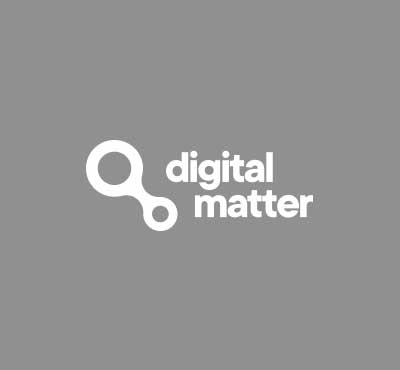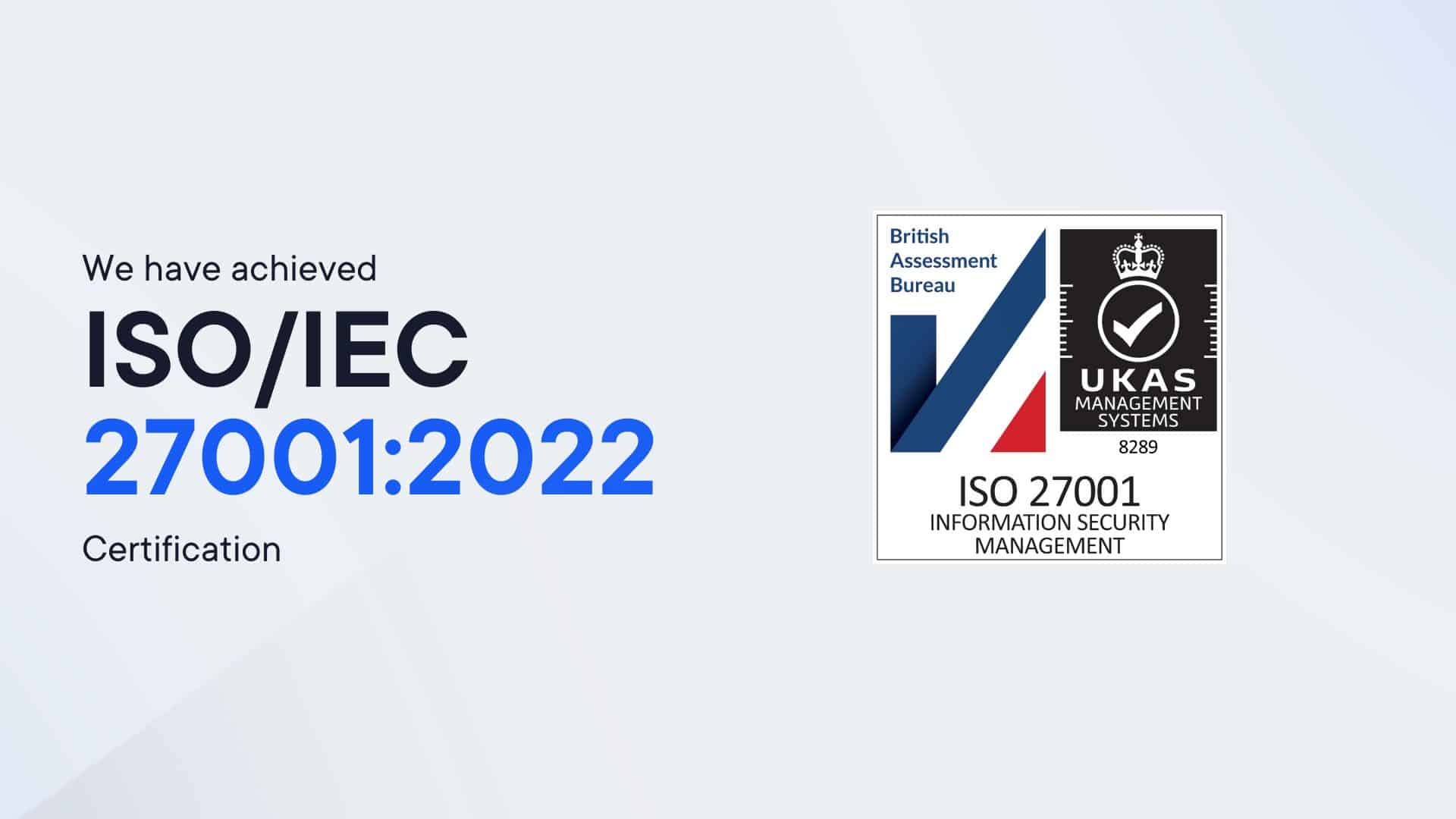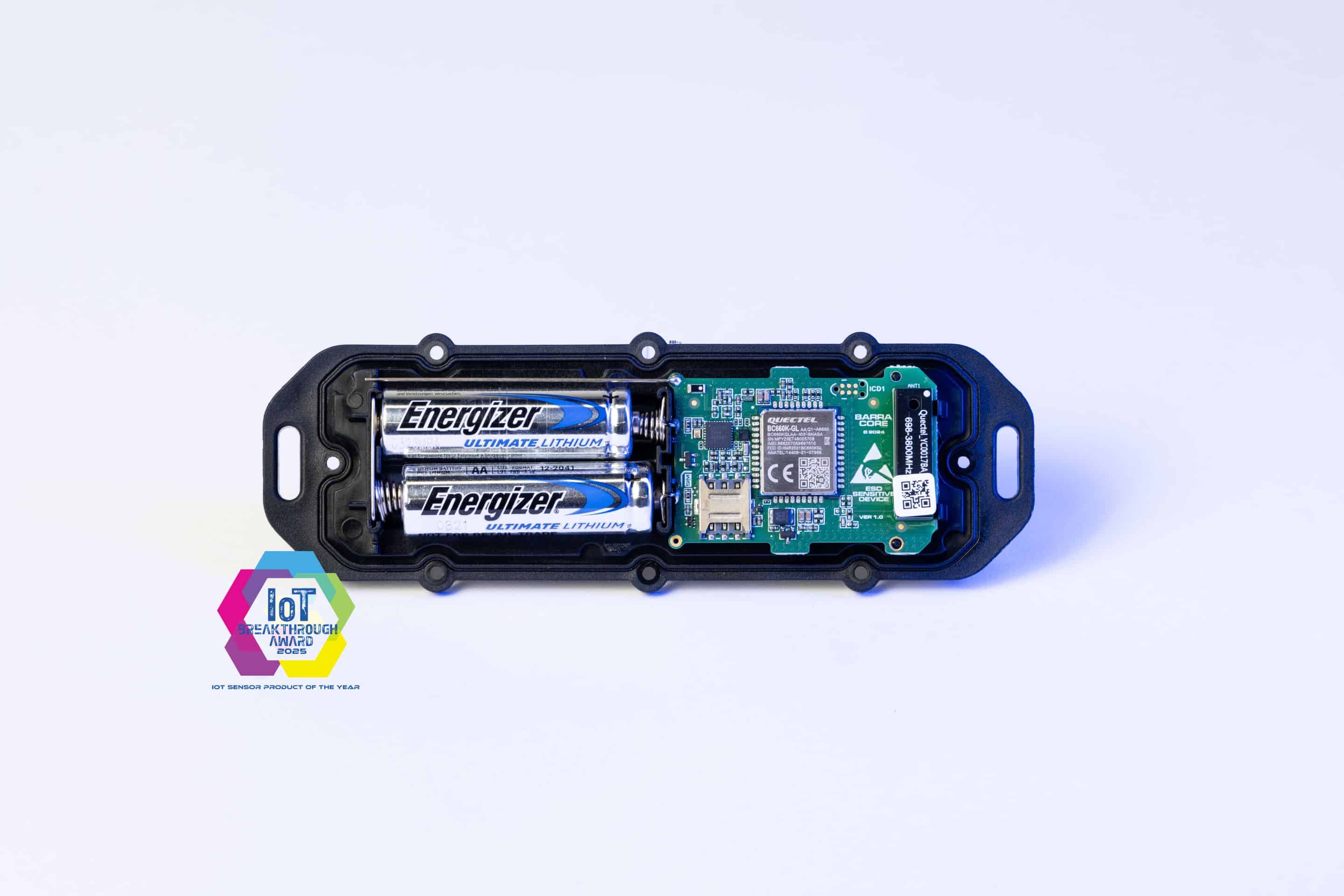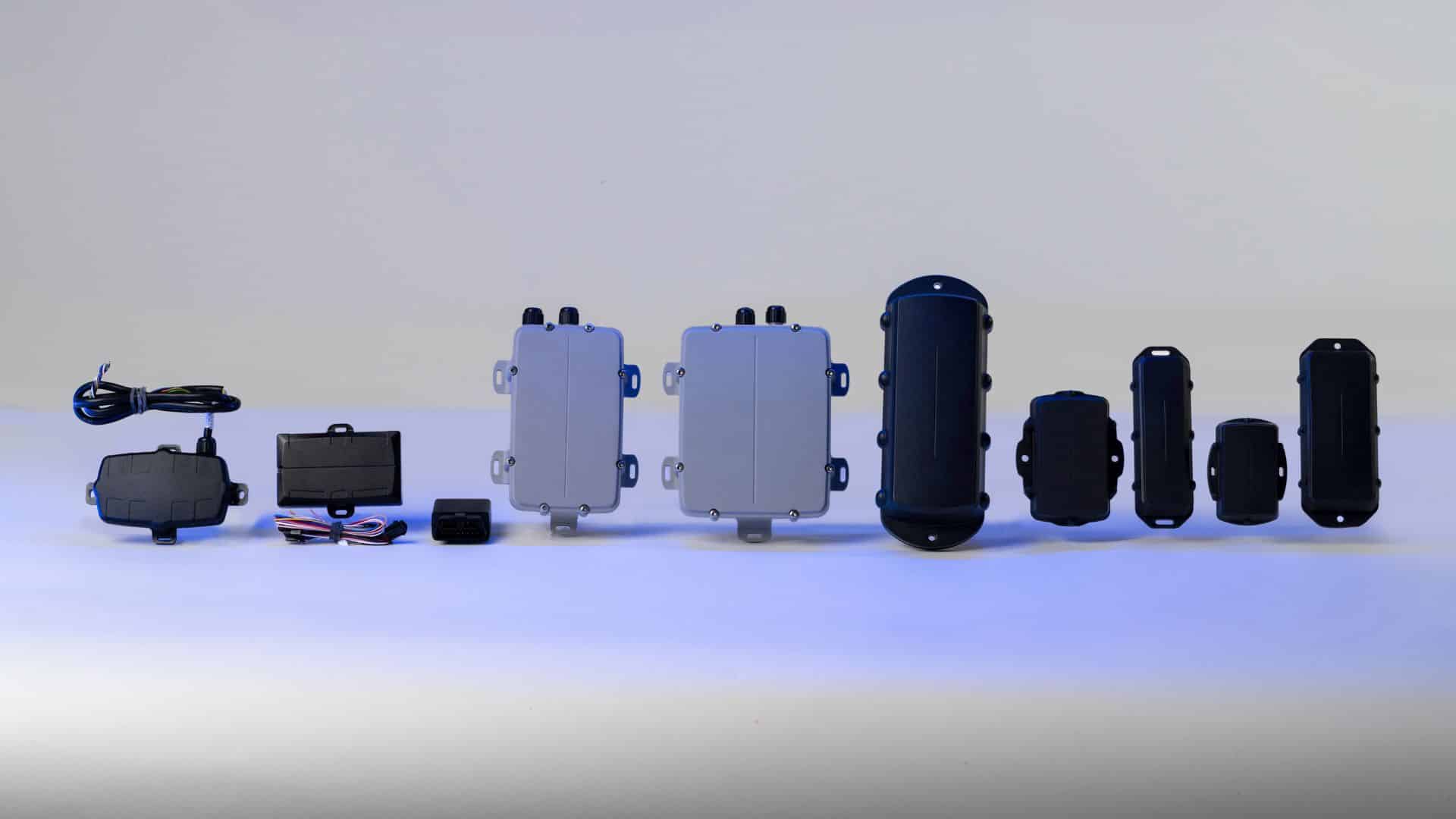Digital Matter 4G Devices – What You Need to Know

Our mission is to help businesses connect, protect, and derive more value from their assets. As a leading global innovator, developer, and supplier of IoT solutions, we drive continuous innovation to enable our partners to deploy confidently at scale worldwide.
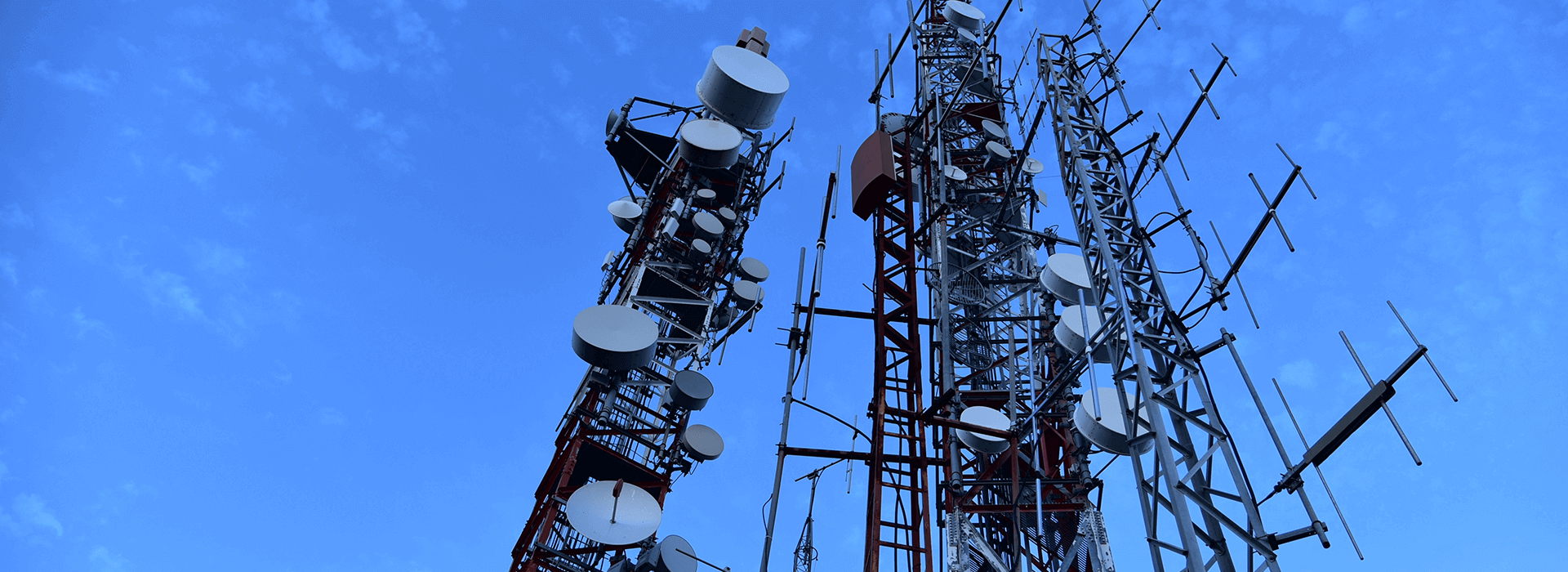
4G CAT-M1 and NB-IoT Devices
Our newest range of devices uses the latest cellular 4G IoT technology: 4G CAT-M1 and NB-IoT. These new versions of the 4G network offer great new benefits, in particular for our battery-powered device range.
Here’s what you need to know!
The 4G / LTE specifications have historically been focused on smartphone-style devices where there has been a demand for increased speeds and bandwidth with the specifications defining different categories – the higher the category the faster you were going! Where you see reference to “Cat” it is simply short for “Category”. So smartphones streaming video would typically these days be Cat 9 or even Cat 12 = nice and fast!
A few years back the folks writing the standards turned their attention to the Internet of Things for devices that don’t need this type of bandwidth and are typically trying to solve other problems. These IoT devices require:
- Small data messages typically at low data rates
- Long-range
- Low power to allow for long battery life
- Low cost – to facilitate the deployment of many millions of them
Where we find ourselves today in the IoT cellular landscape is with 2 different categories on the 4G LTE networks that cater to IoT devices: Cat-M1 and Cat-NB1 (more commonly called NB-IoT).
LTE CAT-M1
Cat-M1 supports IoT applications that require low to medium data rates and with functionality similar to a traditional 2G or 3G modem. One of the main benefits over NB-IoT is the support for mobility – the ability of the modem to “hand-over” seamlessly to other cell towers as the asset moves around without dropping the connection. This is particularly important for our devices that are required to do “real-time” tracking, such as our vehicle and fleet tracking products.
Using the downlink capability of the Cat-M1 devices allows us to do things like:
- Update firmware over the air (FOTA)
- Download GNSS (GPS) aiding data which makes a massive difference in GPS performance
- Change device configurations easily
- Remotely debug devices and troubleshoot
- Put devices into “Recovery Mode” to get your assets back if stolen
The specification also allows the modems to be simpler and smaller, resulting in lower cost and lower power devices. In our testing, we have measured that our new Cat-M1 devices use anywhere from 1/2 to 1/3 of the power of our 3G devices to perform a data upload. This has a massive implication for our battery-powered device range as we look to at least double the battery life of our devices.
The specification also supports “Power Saving Mode” or PSM – where the device can go into a deep sleep mode and retain the information it needs to remain registered on the network. Unfortunately, our testing has revealed that in reality using PSM is worse than simply switching the modem completely off. It uses more power to wake the modem up from PSM than it does to power it on and let it register. We tested with different module suppliers and get the same results, so possibly it is a problem with the actual PSM specification?
LTE CAT-NB1 (NB-IoT)
NB-IoT is the cellular network’s answer to Sigfox and LoRaWAN®. It uses similar narrow-band radio technology (that is the NB in the name) and is designed to allow networks to easily add it on to their existing 4G LTE networks (at least that was the intention, real-world stories seem to indicate that it is not this simple).
It offers lower data rates than Cat-M1 and is designed for simple, low power devices.
Some features of NB-IoT are:
- Very low power consumption
- Excellent range, including extended range into buildings and basements
- Lower modem cost due to simplicity
- Networks are introducing competitive data bundles
- 2-way communication with devices
Global Bands – CAT-M1 and NB-IoT
Our Cat-M1 and NB-IoT devices use a UBLOX SARA R4 module that caters for BOTH Cat-M1 and NB-IoT networks, and across 16 different global frequencies (bands).
The benefit of this is that our devices will operate globally across any Cat-M1 or NB-IoT network. To keep the modem simple and lower cost, it does not support any fallback to 3G. UBLOX will be releasing a version later this year that will support 2G fallback.
Networks
This is probably the biggest question you need to ask yourself – “Do I have a Cat-M1 or NB-IoT network in my country?” Certainly, we see that support for this new technology is now already in place in major markets and is quickly rolling out globally. A simple web search of your cellular network providers should supply the answer.
One of the main advantages is that existing cellular networks can easily upgrade to support Cat-M1 and/or NB-IoT and readily deploy the technology across their entire existing network, which means super fast rollout by comparison to Sigfox or LoRaWAN. Most networks seem to be picking one or the other, although some like Telstra and T-Mobile are doing both.
USA
The US has embraced LTE Cat-M1 and all of the major carriers support it.
Australia
In Australia, Telstra has rolled out Cat-M1 across its 4G network and promises that by the end of 2018 to have better 4G coverage than its existing 3G network. The Telstra Cat-M1 network is already very impressive in terms of the amount of landmass it covers. Click here to see their coverage map.
Summary
In summary, we see the real benefits of the new Cat-M1 and NB-IoT devices in the “4Ps”:
- Power – our new battery-powered tracking devices will get up to 3 times the battery life
- Performance – longer range with better signals into buildings and basements
- Price – with the new technology we can offer 4G devices cheaper than 3G, and data rates are coming down
- Package – we’re going even smaller with devices like the Yabby
Related News

Let’s Get Started
Submit the form to get in touch with a Digital Matter representative from your region.
Contact UsSubscribe
Get helpful content delivered straight to your inbox.
Let’s Get Started
Submit the form below to get in touch with a Digital Matter representative from your region.

Looking for support? Check out our knowledge base.

Information on becoming a Digital Matter Partner.

Information on pricing, availability, and proof of concept.

Guidance on selecting the right products for your application.


